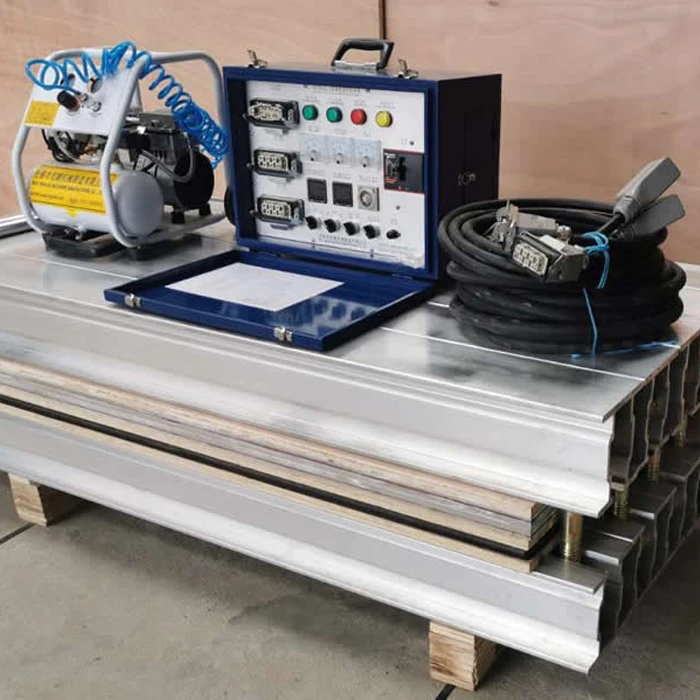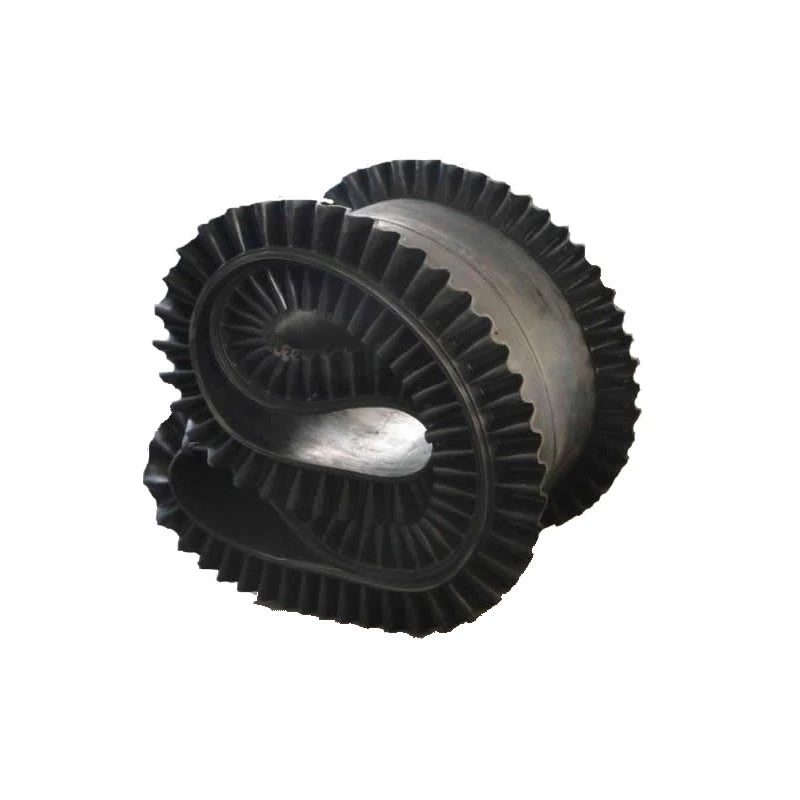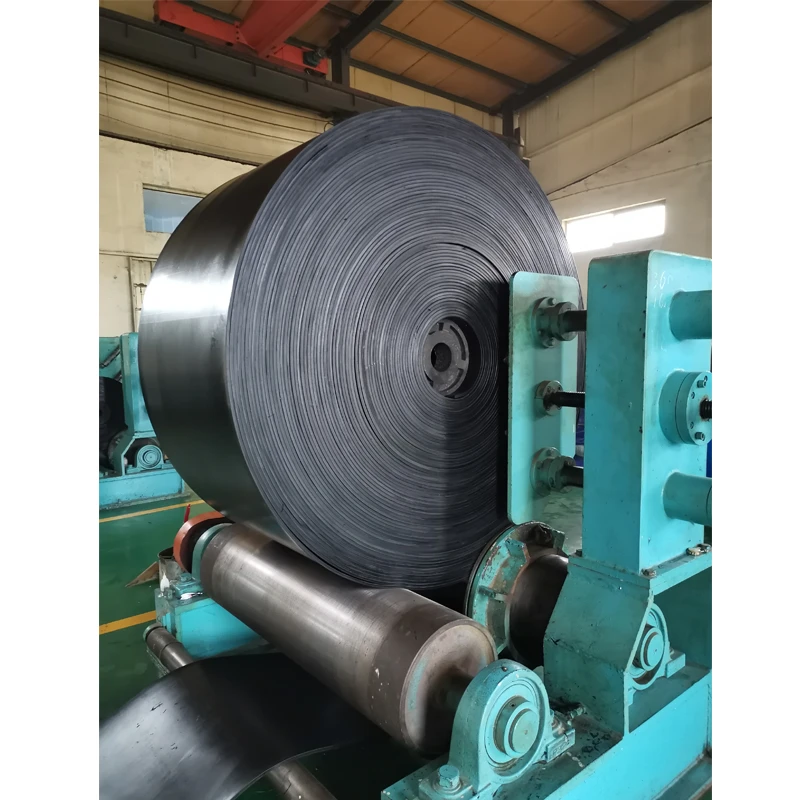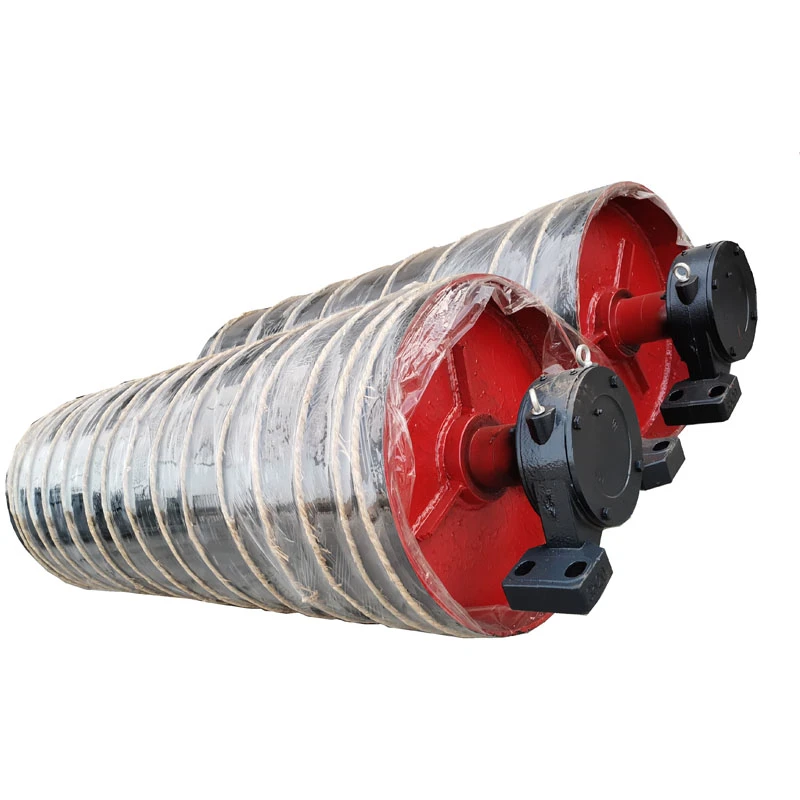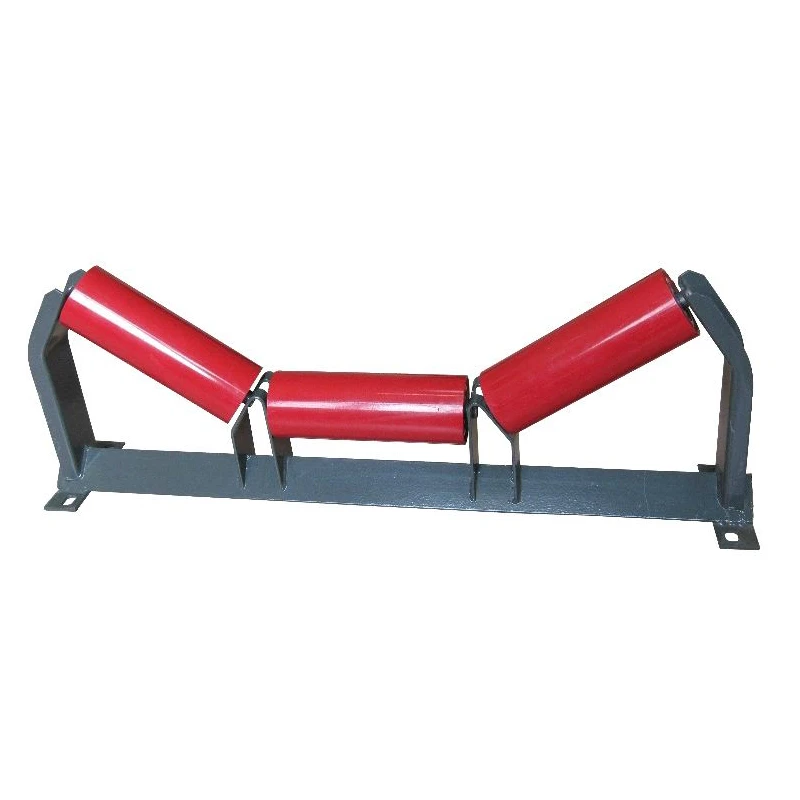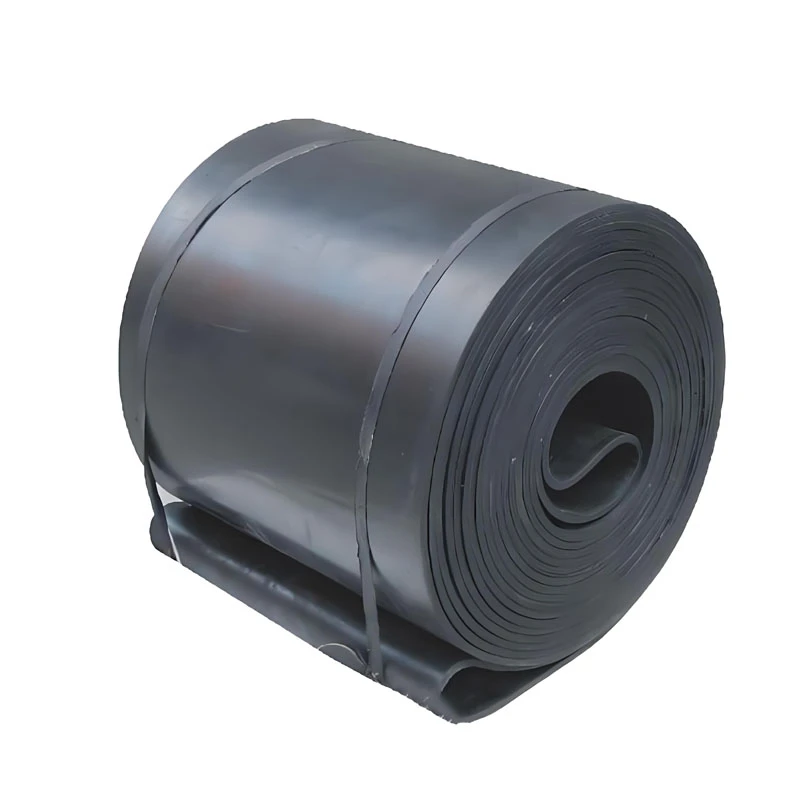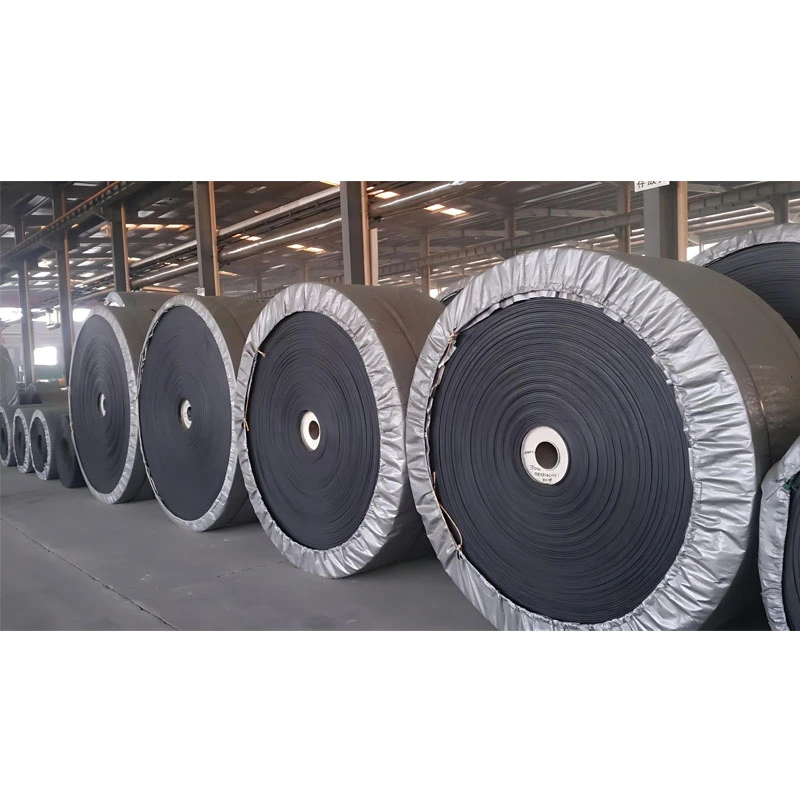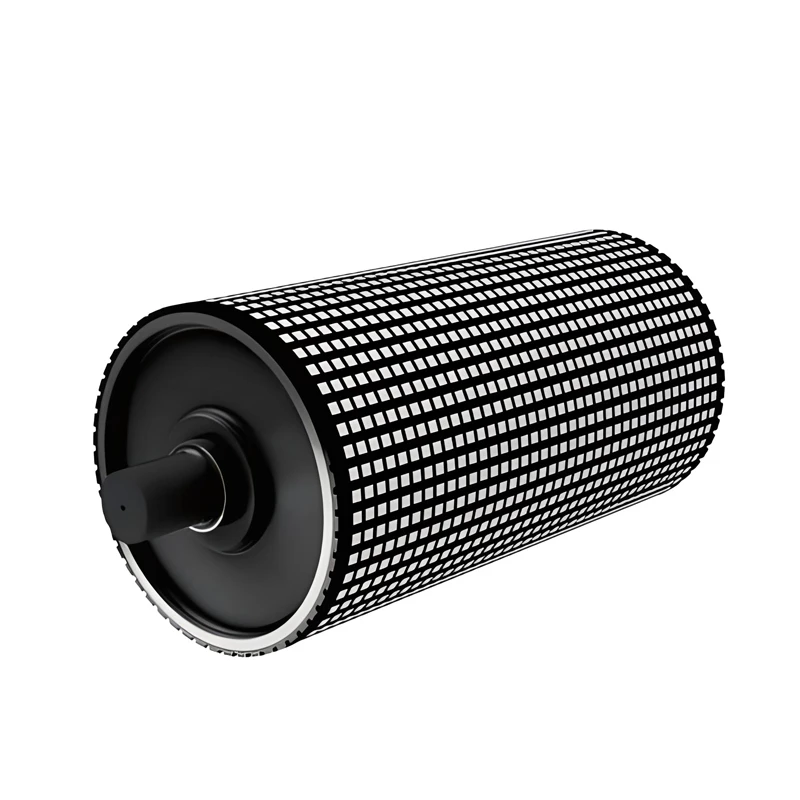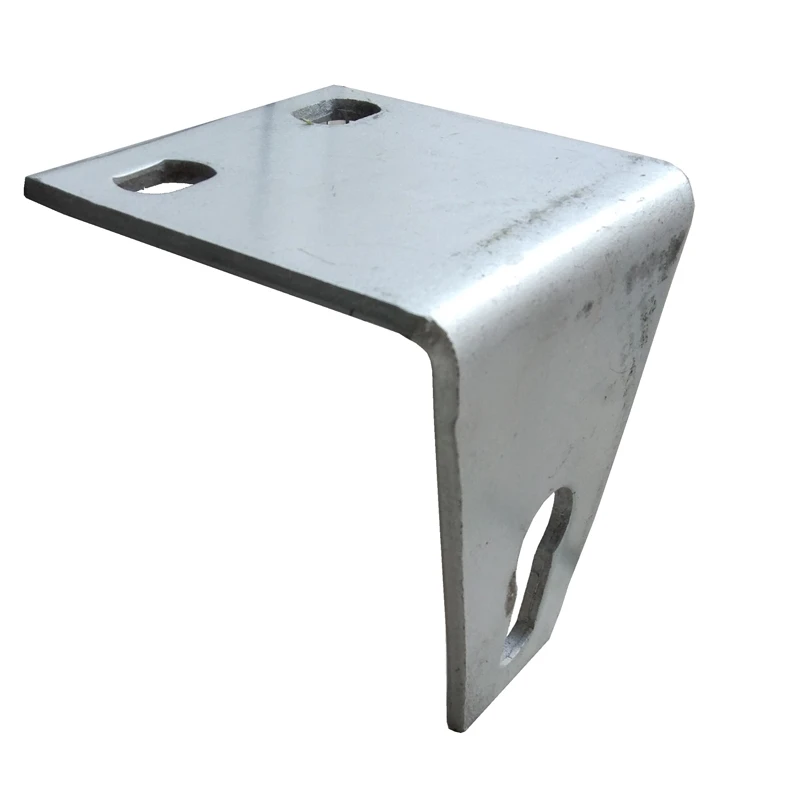-
What are the common materials used for idler rollers?
The common materials used for idler rollers include rubber, polyurethane, steel, and ceramic. The choice of material depends on the application and specific requirements of the conveyor system.
-
How often should idler rollers be replaced?
The replacement frequency of idler rollers depends on factors such as usage, maintenance, and the quality of the rollers. As a general guideline, idler rollers should be inspected regularly and replaced when they show signs of significant wear or damage.
-
Can idler rollers be customized for specific applications?
Yes, idler rollers can be customized to meet the specific requirements of different applications. Customization options may include size, shape, material, and special coatings or treatments.
-
What are the advantages of using rubber-coated idler rollers?
Rubber-coated idler rollers offer several advantages, including improved grip on the conveyor belt, reduced noise, increased durability, and better resistance to wear and tear. They also provide shock absorption and help prevent belt slippage.
-
How do I maintain idler rollers to ensure their longevity?
To maintain idler rollers and ensure their longevity, it is important to keep them clean and free from debris. Regular inspection and lubrication (if required) can also help extend their lifespan. Additionally, promptly replacing worn or damaged rollers can prevent further damage to the conveyor system.
-
What types of conveyor belts are available?
There are various types of conveyor belts available, including rubber belts, PVC belts, polyurethane belts, and steel cord belts. The choice of belt type depends on factors such as the material being conveyed, the operating environment, and the specific requirements of the application.
-
How do I choose the right conveyor belt for my application?
To choose the right conveyor belt for your application, consider factors such as the type and weight of the material being conveyed, the belt speed, the operating environment (e.g., temperature, moisture), and any special requirements (e.g., resistance to chemicals or abrasion).
-
Can conveyor belts be repaired if they get damaged?
Yes, conveyor belts can often be repaired if they get damaged. The repair method and feasibility depend on the type and extent of the damage. Common repair methods include splicing, patching, and vulcanizing. However, in some cases, it may be more cost-effective to replace the belt.
-
What is the typical lifespan of a conveyor belt?
The typical lifespan of a conveyor belt can vary depending on factors such as usage, maintenance, and the quality of the belt. With proper care and maintenance, a conveyor belt can last for several years. Regular inspection and timely replacement of worn or damaged belts can help ensure the longevity of the conveyor system.
-
How do I clean and maintain my conveyor belt?
To clean and maintain your conveyor belt, remove any debris or material buildup from the belt surface and the areas around the conveyor system. Use appropriate cleaning agents and methods recommended for the type of belt material. Regular inspection and lubrication of the conveyor components can also help maintain the belt's performance and longevity.
-
What are the different types of conveyors available?
There are several types of conveyors available, including belt conveyors, roller conveyors, Mobile conveyors, and Mine conveyors. The choice of conveyor type depends on factors such as the material being conveyed, the conveying distance, the throughput requirements, and the operating environment.
-
How do I determine the right conveyor size for my application?
To determine the right conveyor size for your application, consider factors such as the material flow rate, the size and weight of the material being conveyed, the conveying distance, and any space constraints or layout requirements. Consulting with a conveyor specialist or engineer can also help ensure the correct sizing.
-
Can conveyors be customized to meet specific requirements?
Yes, conveyors can be customized to meet specific requirements. Customization options may include the size, shape, materials of construction, additional features (e.g., inclines, curves, sorting mechanisms), and integration with other systems or equipment.
-
What are the common maintenance requirements for conveyors?
Common maintenance requirements for conveyors include regular inspection of components (e.g., belts, rollers, motors), lubrication of moving parts, cleaning of the conveyor system, and timely replacement of worn or damaged components. Following the manufacturer's maintenance guidelines is important to ensure the conveyor's optimal performance and longevity.
-
How do I troubleshoot common issues with my conveyor system?
Common issues with conveyor systems may include belt tracking problems, motor failures, material buildup, and component wear. Troubleshooting these issues may involve inspecting and adjusting the belt tension, checking the motor and drive components, cleaning the conveyor components, and replacing worn or damaged parts. If the issue persists, consulting with a conveyor specialist or technician is recommended.
-
What are the typical materials used for conveyor drums?
Conveyor drums are typically made from materials such as steel, aluminum, and plastic. The choice of material depends on factors like the application, load capacity, and environmental conditions.
-
How do I select the right drum for my conveyor system?
To select the right drum for your conveyor system, consider factors such as the required load capacity, the width and speed of the conveyor belt, the environmental conditions (e.g., moisture, temperature, presence of chemicals), and the overall size and layout of the conveyor system.
-
Can conveyor drums be customized for special applications?
Yes, conveyor drums can be customized for special applications. Customizations might include specific sizes, materials, coatings, or special features like grooves or coatings for increased traction.
-
What are the signs that a conveyor drum needs replacement?
Signs that a conveyor drum needs replacement include excessive wear, cracks, deformation, or any damage that affects its ability to rotate smoothly. If the drum shows signs of severe corrosion or if it is causing issues with belt tracking, it should also be replaced.
-
How do I maintain conveyor drums to ensure their longevity?
To maintain conveyor drums, regularly inspect them for wear and damage. Keep the drums clean and free from debris that could affect their rotation. Lubricate the drum bearings as recommended by the manufacturer to ensure smooth operation. Address any issues promptly to prevent further damage to the drum or the conveyor belt.
-
What is the typical lifespan of a conveyor drum?
The typical lifespan of a conveyor drum can vary depending on factors such as usage, maintenance, and the quality of the drum. With proper care and maintenance, a conveyor drum can last for many years. Regular inspections and timely replacement of worn components can help extend the drum's lifespan.
-
How do I troubleshoot issues with a conveyor drum?
Issues with a conveyor drum might include noisy operation, difficulty in turning, or belt slippage. Troubleshooting could involve checking the drum bearings for wear or lack of lubrication, inspecting the drum surface for damage, and ensuring that the drum is properly aligned with the conveyor system. If the drum is worn or damaged, it may need to be replaced.
- Tel: +8615128135888
- Email: hg@chinaconveyerbelt.com
FAQ
Let's Get in Touch!
Send us a message and let our experts assist you with tailored solutions.

